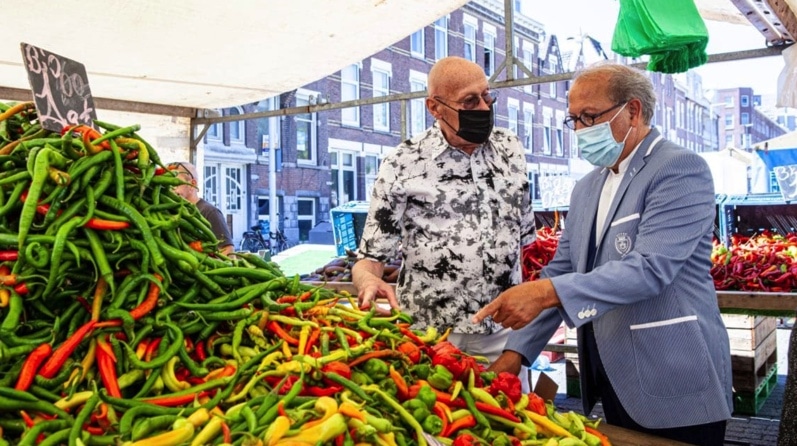Six European heritage partners are proud to present the CRISP website: a collection of heritage best practices developed during the COVID-19 pandemic. CRISP (Research on Creative, Innovative and Sustainable Practices to get adults back in contact with heritage) is an EU funded project. Partners from five European countries have selected and described 61 pioneering heritage projects for the benefit of heritage institutions, stakeholders, and enthusiasts. With this compilation of (socially) innovative heritage cases, we aim to enrich existing heritage programming, inspire new ones and strengthening networks within and outside of the heritage field.
The COVID pandemic hit hard on society, and it is no news that the heritage field also took a blow – especially during the lockdown phases. At the same time, this has been a time of creativity in the sector. Many institutions rapidly developed innovative programming for working around restrictions and isolation, connecting with audiences and partners in new ways. To make sure these ideas and innovations are not lost, we brought a selection of them together on a website: https://crisp-project.eu, supported by the European Erasmus Plus programme.On the CRISP website, structured descriptions of inspiring heritage projects yield a great deal of practical information. Each case description not only portrays the project itself, but also looks into the background of each institution we spoke to. It furthermore reports on collaborations, costs and impact of the project. In each description, you will also find a brief interpretation of the project, as well as further references. You can browse the cases, freely search all the texts on the website, or use predefined tags and categories. All projects are also shown on a map. In conclusion to our project, we want to emphasize how many heritage organizations such as (small) museums, archives, festivals and libraries rose above themselves during the pandemic. We saw great creativity, empathy and energy, and a renewed sensitivity to audiences’ real needs. These organizations have been developing new skills, not only in the area of digitization and the use of new media, but also in more personal ways, developing new skills and initiating new collaborations.
We thank everyone who provided us with the details of their work, and also, we wish to thank the European Union for supporting this project in the form of an Erasmus Plus grant.
